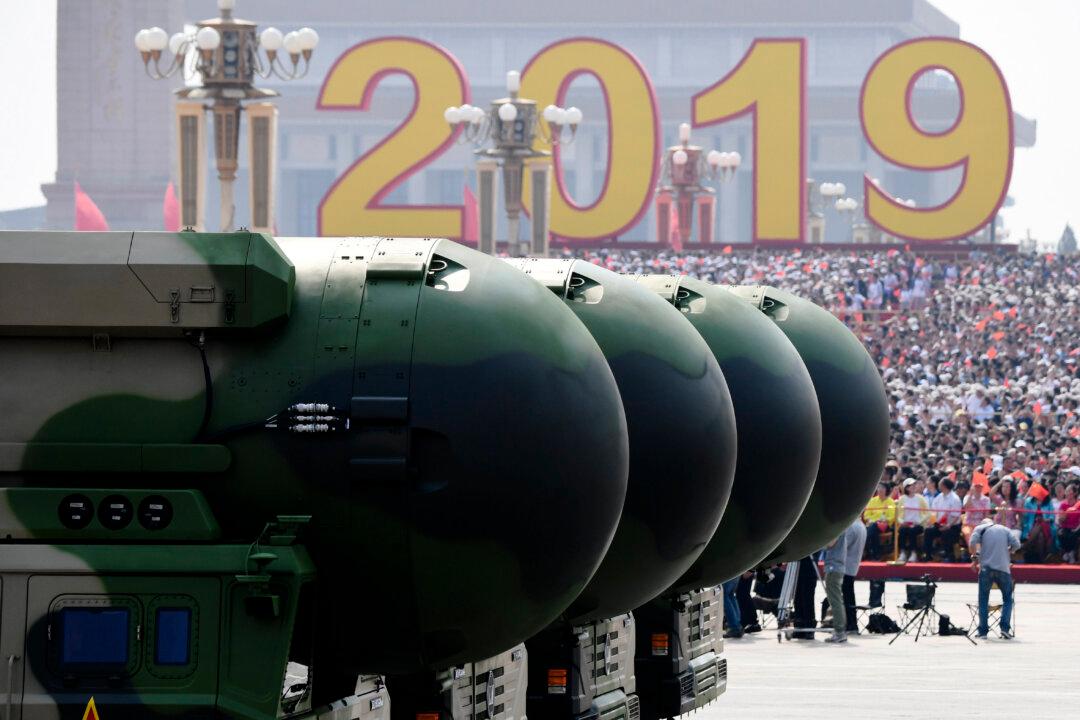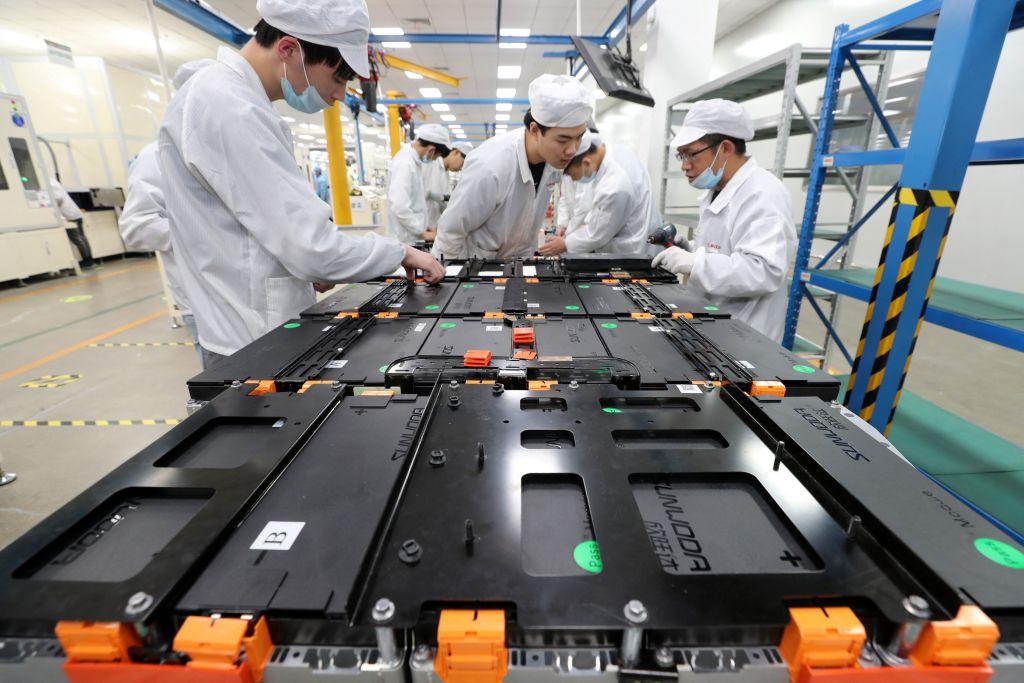While “handmade” is usually a good thing, this isn’t the case for the equipment used in modern combat aircraft. A propaganda video aired by the official Chinese broadcast mouthpiece shows key components of the J-15 fighter jet, which are made for aircraft carriers, being manually polished at Shenyang Aircraft Corp.
Trumpeting “heroic deeds” of workers at the Shenyang Aircraft Corporation, the Oct. 2 China Central Television (CCTV) report quickly drew technical criticism from Chinese netizens and highlighted the critical shortcomings of the Chinese Communist Party’s (CCP) military industry.
The CCP has made massive investments in modernizing its military in recent years, but its armaments and military sector has been dogged by tales of corruption, ineptitude, and the need to burnish the force’s might through propaganda for a domestic audience.
The J-15 and its predecessors are a derivative of a Soviet-designed Sukhoi combat aircraft, designated “Flanker” by NATO militaries.
By CCTV’s account, the fighter jet components produced by the technicians are controlled at three micron. That’s 0.0001 of an inch, or about 1/25 of a human hair. CCTV reported that the parts, which supposedly require a human touch because they are too difficult to be built by machines, needed to be replaced over 200 times each year.
Chinese netizens doubted the video’s depiction of the technicians’ supposed skills.
“Nowadays advanced [computer numerical control] can completely achieve precision of two micron. The technician in the report would have to be a superman to be as precise as 3 micron,” said one user.
“How can a tool like that produce fighter jets?” another netizen said. “The precision of the numerical control machine is so backward. Shame on CCTV for trying to sensationalize such a humiliation.”
Another described the CCTV claim that “Chinese fighters focus on feelings while Americans want practicality” as “too hard to believe.”
Cutting Corners
Based on the Su-27 “Flanker,” the Su-33 fighter jet dates back to the late 1980s, when the Soviet Union was still shelling out vast sums to produce weapons capable of going toe-to-toe with Western adversaries. While no longer a new design, the Flanker remains a versatile and advanced plane, particularly with upgrades.
The CCP’s recent defense modernizations place particular emphasis on air and naval power. The former Soviet Union, mostly Russia and Ukraine, have been instrumental in exporting defense technology to fuel the Chinese military’s expansions.
In the early 1990s, the Chinese acquired the Su-27, which it built under license from the Shenyang Aircraft Corp. as the J-11. Forming the backbone of their fighter jet production, this state-run manufacturer has been at the center of major corruption scandals, including allegations that almost all of their production projects involve outsourcing.





